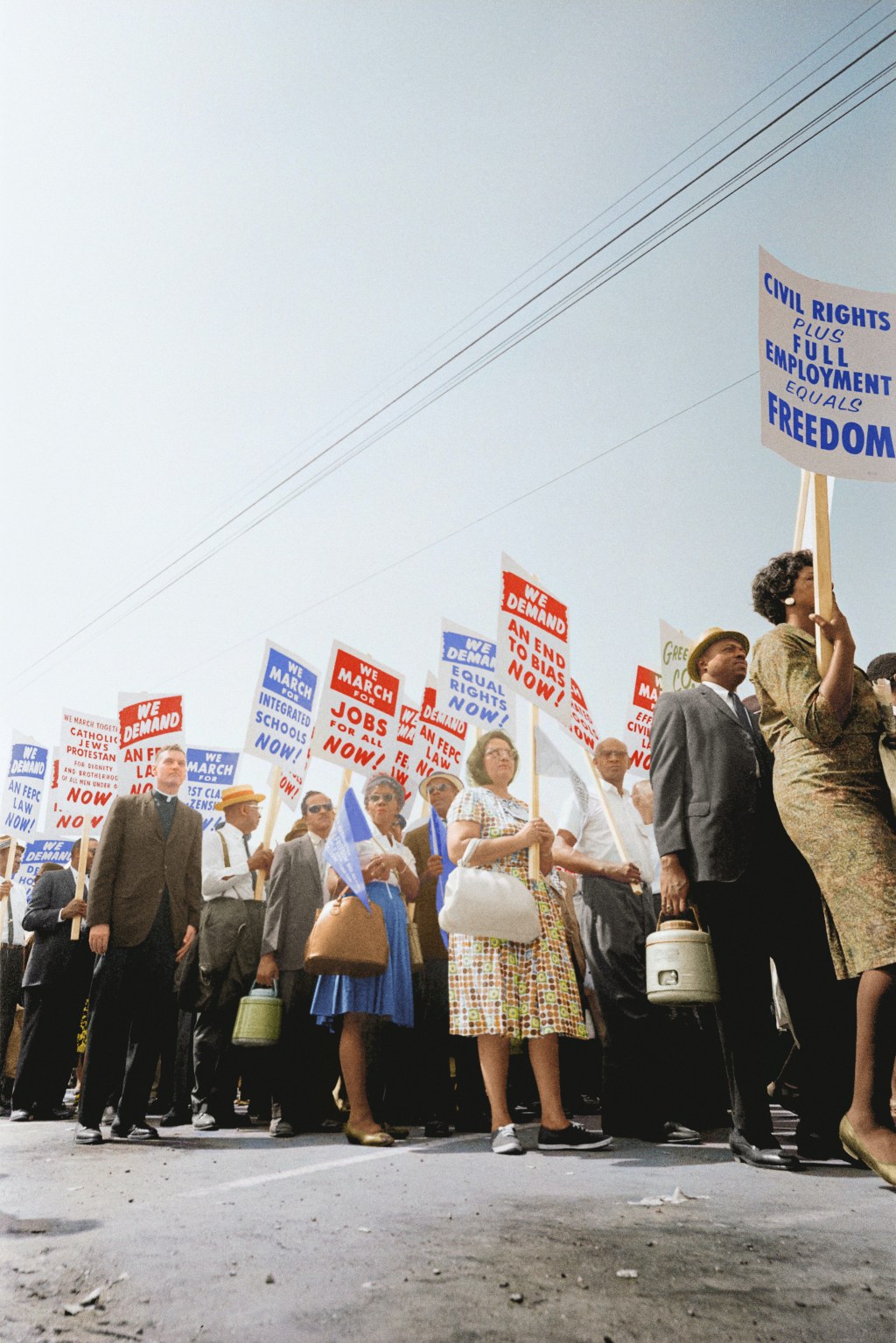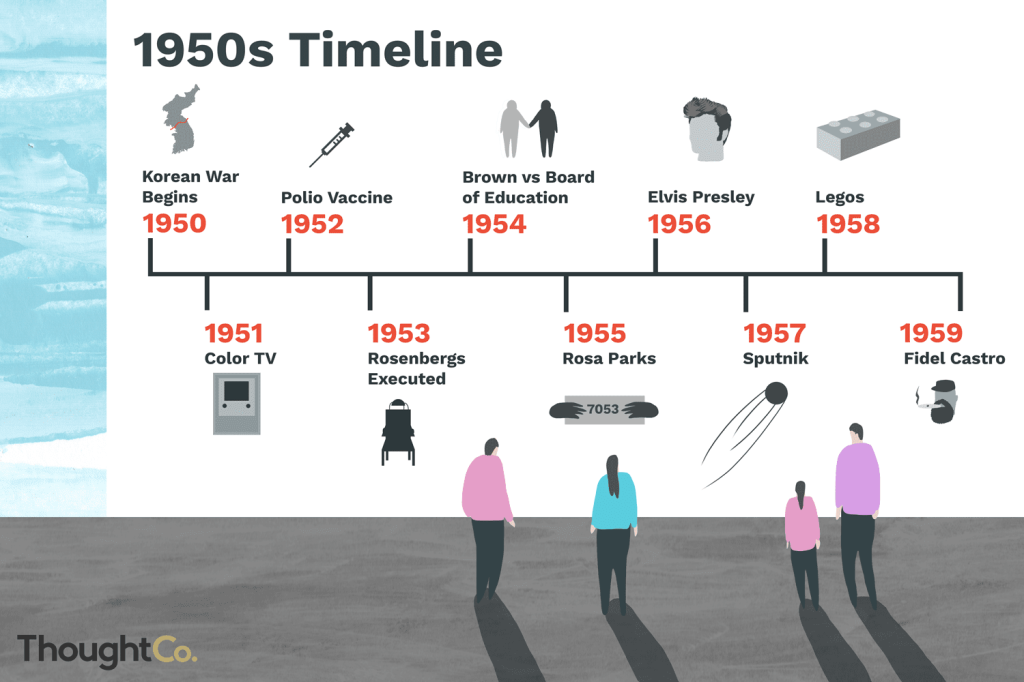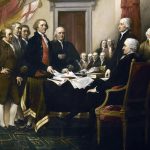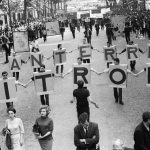The Unforgettable Historical Events Of The 50s: Relive The Golden Era Now!
Historical Events of the 50s: A Decade of Transformations
Introduction
Dear Readers,
3 Picture Gallery: The Unforgettable Historical Events Of The 50s: Relive The Golden Era Now!



Welcome to this comprehensive overview of the historical events that shaped the 1950s. This fascinating decade was a time of significant change and transformation across the globe. From political milestones to cultural shifts, the 50s left an indelible mark on history. In this article, we will delve into the key events and explore their impact on society. Join us on this journey as we uncover the stories that defined the 50s.
The What of Historical Events in the 50s

Image Source: discoverwalks.com
⭐ The 50s witnessed numerous historical events that reshaped the world as we know it today. From the Cold War to the rise of the Civil Rights Movement, this decade was characterized by significant political, social, and technological developments. Let’s delve deeper into some of the most notable events of the 50s:
1. The Korean War: 🛩️ A conflict that lasted from 1950 to 1953, the Korean War was a defining moment of the 50s. It pitted the communist North Korea, supported by China and the Soviet Union, against the democratic South Korea, backed by the United States and other Western nations. This war resulted in a stalemate, with the establishment of the demilitarized zone that still exists today.
2. The Space Race: 🚀 The 50s marked the beginning of the Space Age, as the United States and the Soviet Union competed for supremacy in space exploration. This rivalry led to significant advancements in rocket technology and culminated in the historic launch of Sputnik, the world’s first artificial satellite, by the Soviet Union in 1957.

Image Source: thoughtco.com
3. The Montgomery Bus Boycott: 🚌 A pivotal event in the Civil Rights Movement, the Montgomery Bus Boycott was sparked by the arrest of Rosa Parks, an African-American woman who refused to give up her bus seat to a white passenger. This peaceful protest, which lasted for over a year, eventually led to a Supreme Court ruling declaring racial segregation on buses unconstitutional.
4. The Cuban Revolution: 🇨🇺 Led by Fidel Castro, the Cuban Revolution overthrew the authoritarian Batista regime and established a communist government in Cuba. This revolution had far-reaching implications, including strained relations between the United States and Cuba, as well as the onset of the Cold War in the Western Hemisphere.

Image Source: thoughtco.com
5. The Establishment of NATO: 🤝 The North Atlantic Treaty Organization (NATO) was formed in 1949 but had a significant impact on the geopolitical landscape of the 50s. This military alliance between North American and European countries aimed to counter the Soviet Union’s influence and ensure collective defense against potential aggression.
6. The Birth of Rock ‘n’ Roll: 🎸 The 50s witnessed the emergence of a new musical genre that would revolutionize popular culture. Rock ‘n’ roll, characterized by its energetic beats and rebellious spirit, was popularized by iconic artists such as Elvis Presley, Chuck Berry, and Little Richard.
7. The Ford Edsel Debacle: 🚗 The Ford Edsel, introduced in 1957, was intended to be a groundbreaking car model. However, due to various design flaws, marketing missteps, and changing consumer preferences, it became one of the most notorious commercial failures in history.
The Who, When, Where, Why, and How of Historical Events in the 50s
Now, let’s delve into the key players, timelines, locations, reasons, and methods behind some major historical events of the 50s:
1. The Korean War:
– Who: The conflict involved North Korea (led by Kim Il-Sung), supported by China (led by Mao Zedong) and the Soviet Union (led by Joseph Stalin), against South Korea (led by Syngman Rhee), backed by the United States (led by President Harry S. Truman) and other Western nations.
– When: The war began on June 25, 1950, and ended with an armistice agreement on July 27, 1953.
– Where: The war primarily took place in the Korean Peninsula, with significant battles including the Battle of Inchon and the Battle of the Chosin Reservoir.
– Why: The war erupted as a result of Cold War tensions, with North Korea seeking to reunify the Korean Peninsula under communist rule.
– How: The conflict involved conventional warfare, aerial bombardment, and guerrilla warfare tactics.
2. The Space Race:
– Who: The United States, led by President Dwight D. Eisenhower, and the Soviet Union, led by Premier Nikita Khrushchev, were the primary players in the race for space exploration.
– When: The Space Race began in 1955 and continued throughout the 50s and beyond.
– Where: The race took place on a global scale, with both countries launching rockets and satellites from various locations.
– Why: The Space Race was fueled by political and ideological competition between the United States and the Soviet Union during the Cold War.
– How: The race involved the development and testing of rockets, satellites, and spacecraft, leading to significant technological advancements.
Advantages and Disadvantages of Historical Events in the 50s
The historical events of the 50s brought about both advantages and disadvantages. Let’s explore some of the pros and cons:
1. Advantages:
– Technological advancements: The Space Race and other scientific endeavors led to significant progress in space exploration, telecommunications, and computing.
– Civil rights advancements: The Montgomery Bus Boycott and other movements paved the way for improved racial equality and desegregation.
– Cultural revolutions: The emergence of rock ‘n’ roll and other artistic movements challenged societal norms and fostered new forms of expression.
2. Disadvantages:
– Cold War tensions: The political and ideological competition between the United States and the Soviet Union heightened global tensions and the risk of nuclear conflict.
– Civil rights struggles: Despite advancements, racial inequality and discrimination persisted, leading to ongoing social unrest.
– Environmental concerns: The rapid industrialization and consumerism of the 50s contributed to environmental degradation and pollution.
– Gender inequalities: Traditional gender roles and expectations limited opportunities for women, hindering progress towards gender equality.
– Economic disparities: While the 50s brought prosperity for some, others faced economic challenges, including the persistence of poverty and inequality.
Frequently Asked Questions about Historical Events in the 50s
1. Q: What impact did the Korean War have on the Cold War?
A: The Korean War intensified Cold War tensions and solidified the division between communist and capitalist powers.
2. Q: How did the Space Race influence technological advancements?
A: The competition between the United States and the Soviet Union in space exploration spurred innovation and led to breakthroughs in rocket technology and satellite communications.
3. Q: What role did the Montgomery Bus Boycott play in the Civil Rights Movement?
A: The Montgomery Bus Boycott was a pivotal event that sparked a wave of protests and activism, ultimately leading to significant advancements in the fight for racial equality.
4. Q: How did the Cuban Revolution impact relations between the United States and Cuba?
A: The Cuban Revolution strained relations between the United States and Cuba, leading to economic embargoes and political tensions that continue to this day.
5. Q: What caused the failure of the Ford Edsel?
A: The Ford Edsel failed due to a combination of design flaws, marketing mistakes, and changing consumer preferences.
Conclusion
In conclusion, the historical events of the 1950s shaped the world in numerous ways. From political conflicts to cultural revolutions, this decade witnessed pivotal moments that continue to impact our lives today. As we reflect on the past, let us learn from both the achievements and the challenges of the 50s. By understanding the lessons of history, we can strive to build a better future.
Final Remarks
Dear Readers,
Thank you for joining us on this journey through the historical events of the 50s. We hope this article has provided valuable insights into a decade that shaped the course of history. Remember, understanding our past is crucial in navigating the challenges of the present and forging a brighter tomorrow.
Best regards,
The Editorial Team
This post topic: Historical Mysteries



